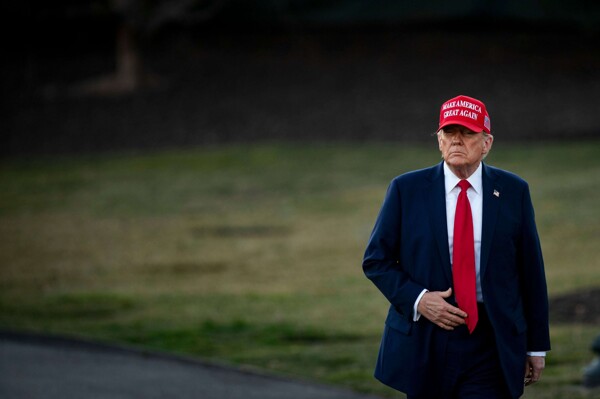
Inflation in the United States has shown a recent uptick, leading the Consumer Price Index (CPI) to rise from 2.4% in September to 3% in January. Furthermore, the core inflation measure, the Core PCE, which the Federal Reserve pays the most attention to, increased from 2.6% to 2.8% between September and December. However, excluding the housing component, CPI-measured inflation stood at 2.2% instead of the cited 3%.
According to experts, despite these increases, there are reasons to believe that inflation in the housing sector will continue to decline. This index is mostly calculated through surveys of homeowners about rental prices. They estimate that by looking at effective rents, these have shown a consistent downward trend for almost two years, which could lead to a reduction in imputed rents in the coming months.
Although inflation has risen, some analysts believe it should continue a downward trend, as seen in the unemployment reduction from 3.5% to 4.5%. The Federal Reserve has managed to decrease inflation from 9% to 3% without causing a recession or a substantial increase in unemployment, contrary to what several economists predicted.
On the other hand, signs of slowing down have been observed in the U.S. economy. In January, new home sales fell by 10.5% compared to the previous month, and consumer confidence dropped by 6.7% in February. Despite this, interest rates remain low, making it easier for families and businesses to access credit that they have not yet needed to refinance, thus avoiding the impact of higher rates.
With inflation above target and unemployment at a level considered balanced, the Federal Reserve has no immediate plans to cut interest rates. In light of an economic slowdown perspective, lower price pressures are expected. The Fed, in its recent monetary policy decision, has opted for a pause, but cuts could be considered in the future if inflation continues to decline.
If higher tariffs are imposed, such cuts could be hindered. Inflation expectations have risen from 2.1% in October to 2.5% in February following these potential measures. In 2024, 2.2 million jobs were created, a lower figure than in previous years, which could be attributed to the anticipation of higher tariffs. The absence of these tariffs would be beneficial for maintaining the downward trend of interest rates in the short and long term, thus allowing for a gradual economic slowdown.














